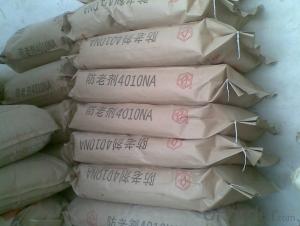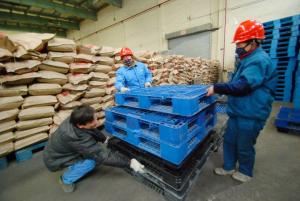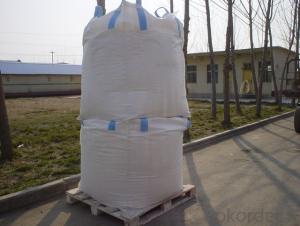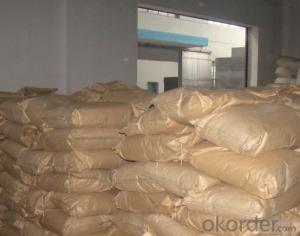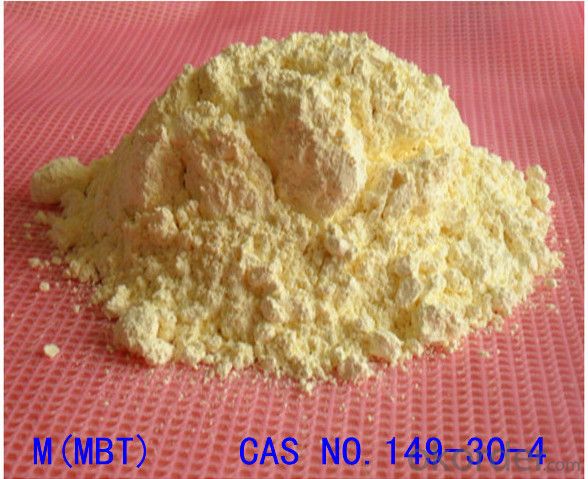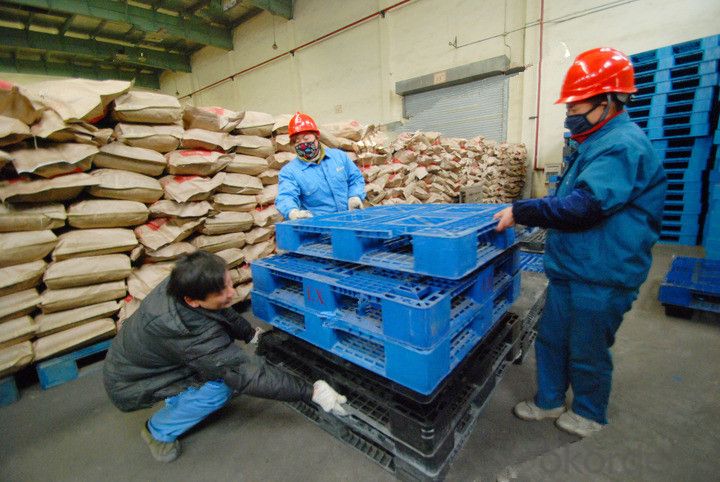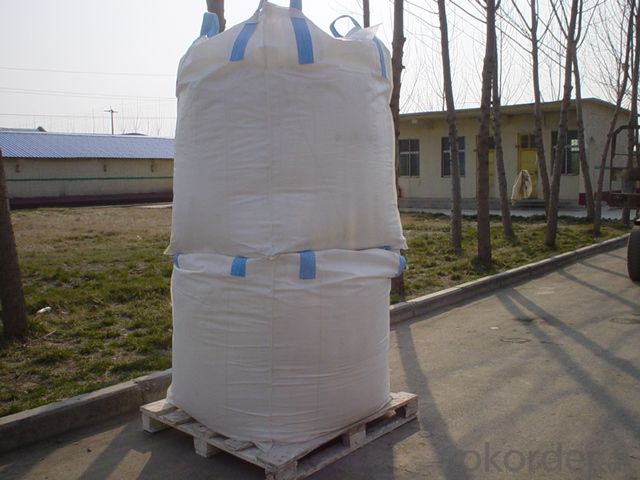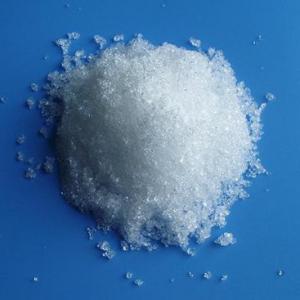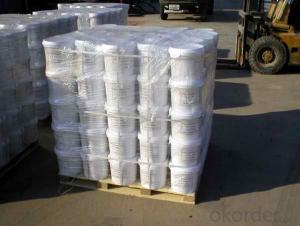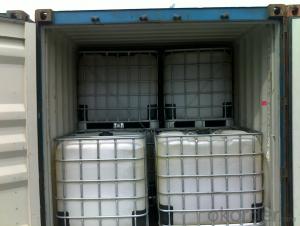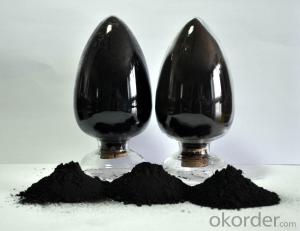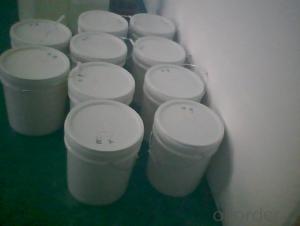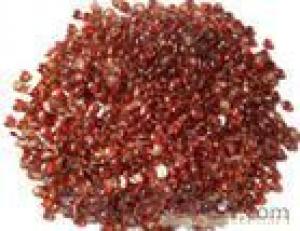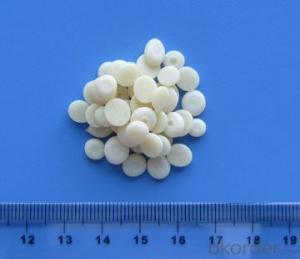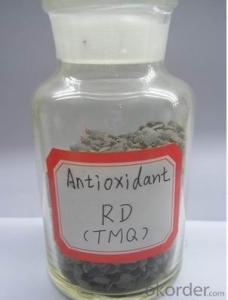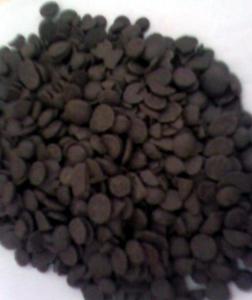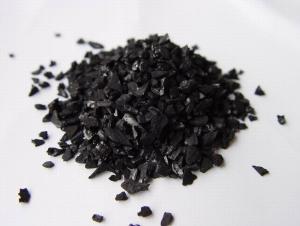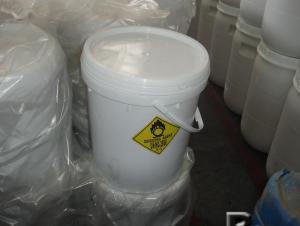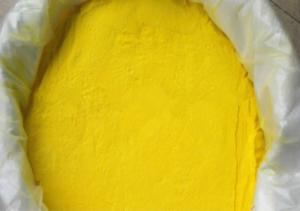Rubber Chemcials Rubber Antioxidant 6PPD 4020
- Loading Port:
- Tianjin
- Payment Terms:
- TT OR LC
- Min Order Qty:
- 25 m.t.
- Supply Capability:
- 12000 m.t./month
OKorder Service Pledge
OKorder Financial Service
You Might Also Like
6PPD 4020
Chemical Name:N-(1,3-dimethylbutyl)-N'-phenyl-p-phenylenediamine
Molecular Formula:C18H24N2
Molecular Weight:268.40
CAS NO.:793-24-8
Executive standard:HG/T 3644-1999
Specification:
| Index |
| |
Appearance |
|
Soften Point,℃ ≥ | 45.0 |
Loss on drying,% ≤ | 0.50 |
Ash,% ≤ | 0.15 |
Assay(GC)% ≥ | 96.0 |
Solidifying Point,℃≥ | 45.5 |
Properties: Dark brown to dark violet pastilles relative density of 0.986-1.00. Soluble benzene, acetone, ethyl acetate, toluene dichloromethane and slightly soluble in ether, do not dissolve in water. Provides powerful and antioxidant properties with excellent high temperature and flex resistance to rubber compounds.
Applications:Include the use in pneumatic,solidtires,beles,hoses,cables,bushings,automotive mounts and general mechanical products that are exposed to continuous and intermittent dynamic operating conditionsand and require protection from coronations.
Packing:Packed in 20kg per bags.
Properties: The product should be stored in the dry and cooling place with good ventilation. The product should be avoid hot sunshine.
- Q: Can Cuo react as a catalyst with H2O2, does its quality and chemical properties change?
- Can be, please, upstairs said wrong ... ... ... ... ... ... catalyst is not not to participate in the reaction, the second is because the essence of the catalyst is to participate in the reaction to accelerate the reaction rate of conversion, the catalyst after the reaction will be regenerated, and before and after conservation, quality and Chemical properties do not change. CuO is the catalyst for H2O2 reaction, and the catalytic effect of CuO is better than Mn02!
- Q: Chemistry teaching and learning a bit difficult, thank you
- 2NO + 2CO = 2CO2 + N2
- Q: What is the difference between electrocatalysis and general chemical catalysis?
- General chemical catalysis is a catalyst, and electrocatalysis also need to be carried out under the conditions of the electric field
- Q: a) A catalyst such as chlorophyll must be present for some reactions to take place.b) A catalyst such as chlorophyll is not one of the products of a chemical reaction.c) A catalyst such as chlorophyll is not a substance that is used or changed in a chemical reaction.
- the way these choices are written they are all true but the answer could be B
- Q: What is the difference between biological enzymes and chemical catalysts?
- Biological enzymes are an environmentally friendly biocatalyst with greater superiority. Such as the reaction speed, processing conditions (such as temperature, PH value, etc.) more moderate, safe and easy to control the operation and can replace the strong alkali and other chemicals. The biological enzymes act only on specific substrates, with little damage to the substrate and the biodegradation of the treated wastewater to reduce water and energy consumption. After more than a century of research by scientists, more than 3,000 known enzymes are generally considered. The application of biological enzymes in the textile industry, initially the application of α-amylase in cotton fabric desizing process, and later developed into the cellulase used in denim washing and bio-polishing process, and now the development of pectinase to the biological scouring Technology, hydrogen peroxide enzyme catalytic decomposition technology, protease in silk and wool fiber applications
- Q: What is the definition and function of the catalyst in chemistry?
- Definition: in the chemical reaction can change the chemical reaction rate of other substances, and its own quality and chemical properties before and after the reaction did not change the material called catalyst, also known as catalyst. The role of the catalyst in the chemical reaction is called catalysis. The use of a catalyst only changes the rate of chemical reaction and does not alter the quality of the product.
- Q: What is the quality of the catalyst in the chemical reaction, for example, 34.3 g before the hydrogen peroxide reaction, 32.7 g after the reaction, and how much is the catalyst mass?
- You can not calculate this question, the quality of the catalyst before and after the same reaction, how much reaction before the reaction on how much
- Q: Is palladium predominantly a catalyst in chemistry?
- Palladium in the chemical mainly to do the catalyst; palladium and ruthenium, iridium, silver, gold, copper and other alloy, can improve the palladium resistivity, hardness and strength, used in the manufacture of precision resistors, jewelry and so on.
- Q: Hydrogen and nitrogen in the high temperature and pressure and catalyst conditions for the synthesis of ammonia chemical equation
- 3H2 + N2 catalyst iron ---> 2NH3 conditions high temperature and high pressure
Send your message to us
Rubber Chemcials Rubber Antioxidant 6PPD 4020
- Loading Port:
- Tianjin
- Payment Terms:
- TT OR LC
- Min Order Qty:
- 25 m.t.
- Supply Capability:
- 12000 m.t./month
OKorder Service Pledge
OKorder Financial Service
Similar products
Hot products
Hot Searches
Related keywords

